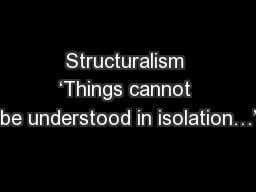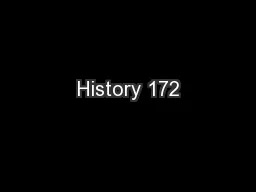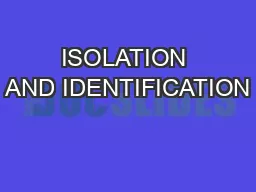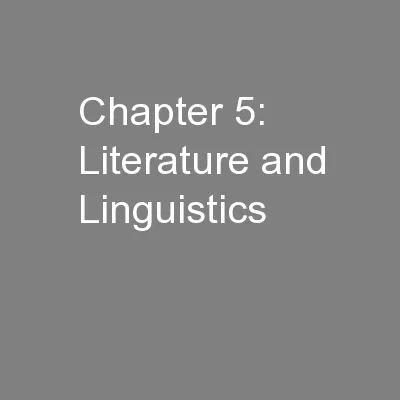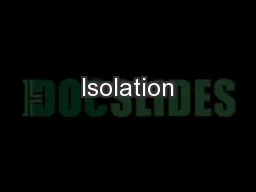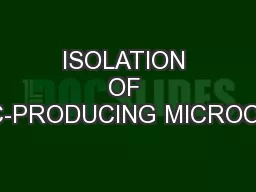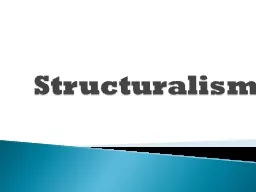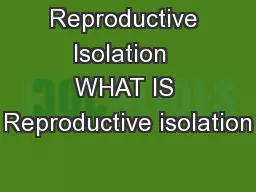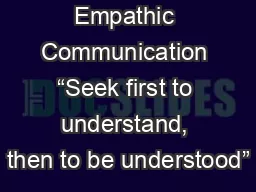PPT-Structuralism ‘Things cannot be understood in isolation…’
Author : lois-ondreau | Published Date : 2018-02-26
Ferdinand de Saussure 18571913 linguist Claude LeviStrauss 19082009 anthropologist Roland Barthes 19151980 literary critic Take a wellknown media text Lets say
Presentation Embed Code
Download Presentation
Download Presentation The PPT/PDF document "Structuralism ‘Things cannot be unders..." is the property of its rightful owner. Permission is granted to download and print the materials on this website for personal, non-commercial use only, and to display it on your personal computer provided you do not modify the materials and that you retain all copyright notices contained in the materials. By downloading content from our website, you accept the terms of this agreement.
Structuralism ‘Things cannot be understood in isolation…’: Transcript
Download Rules Of Document
"Structuralism ‘Things cannot be understood in isolation…’"The content belongs to its owner. You may download and print it for personal use, without modification, and keep all copyright notices. By downloading, you agree to these terms.
Related Documents

